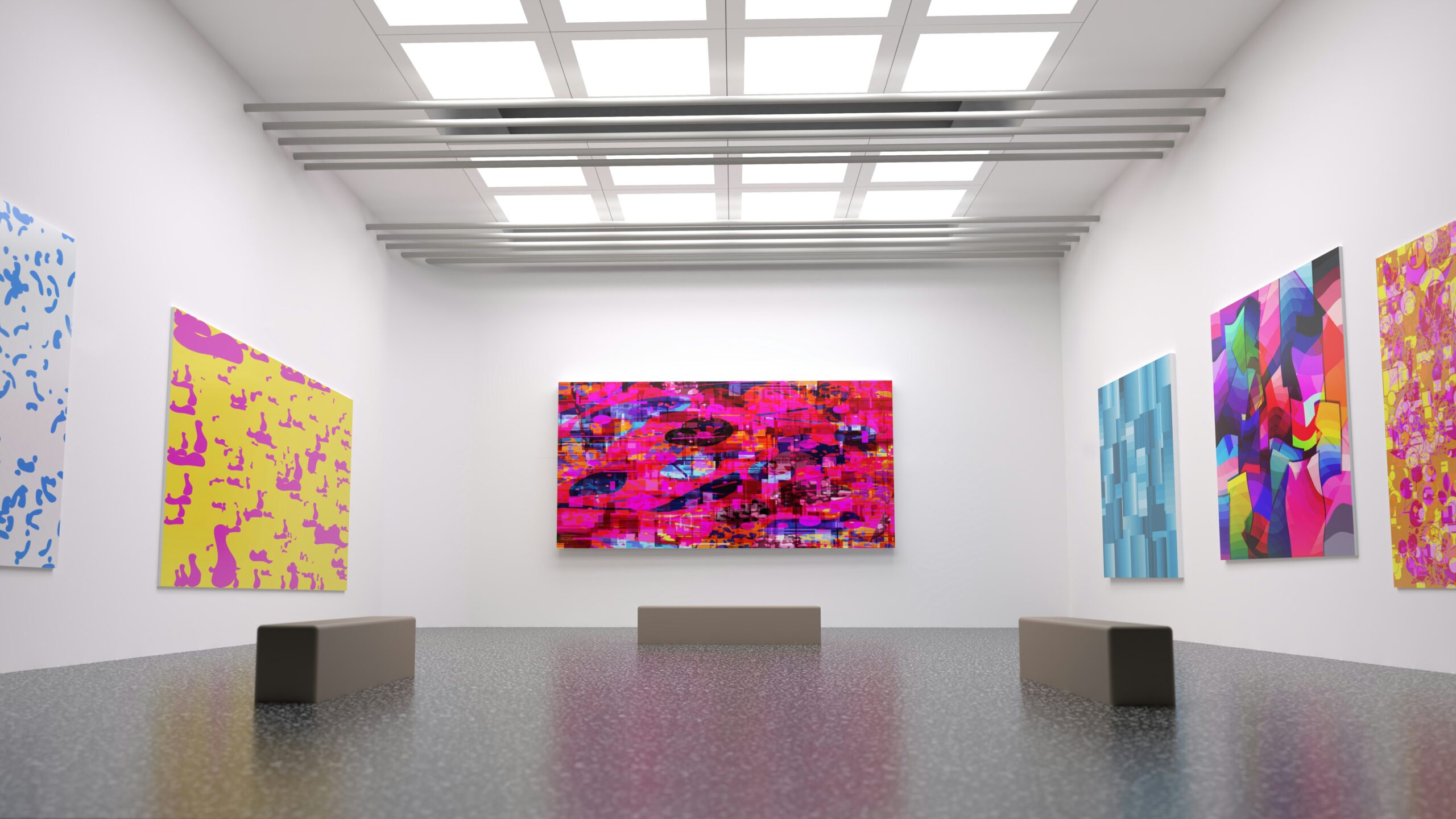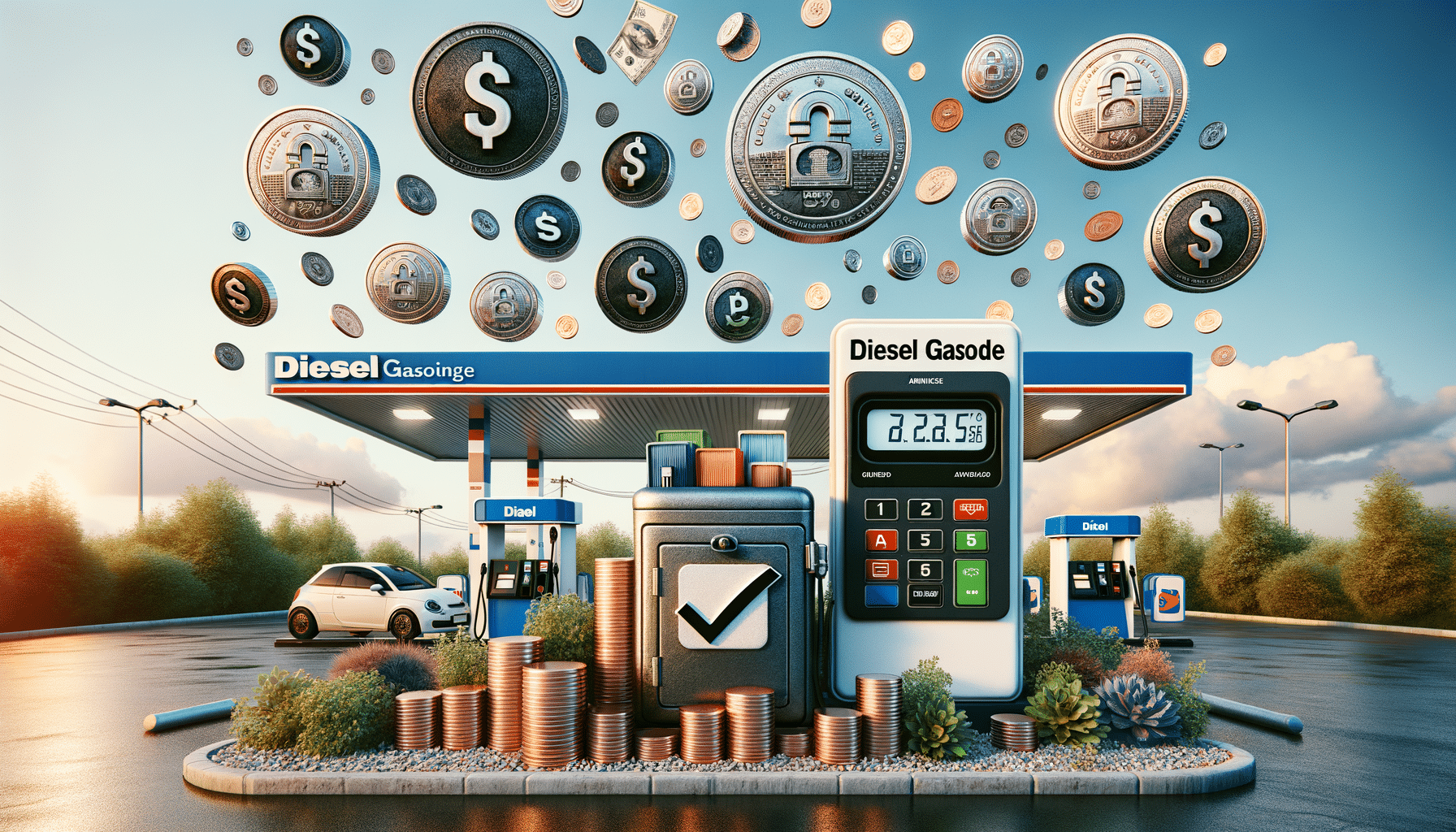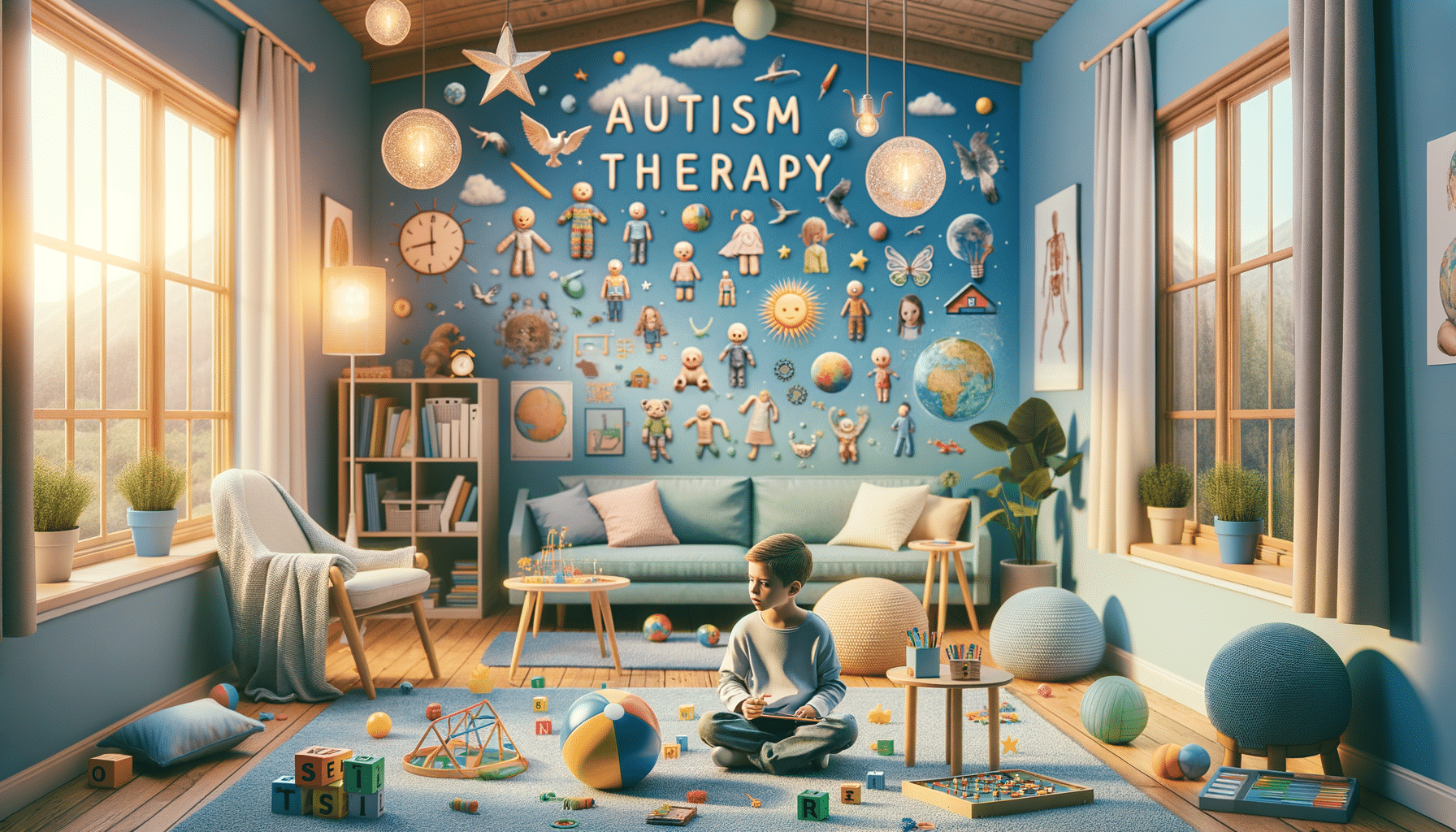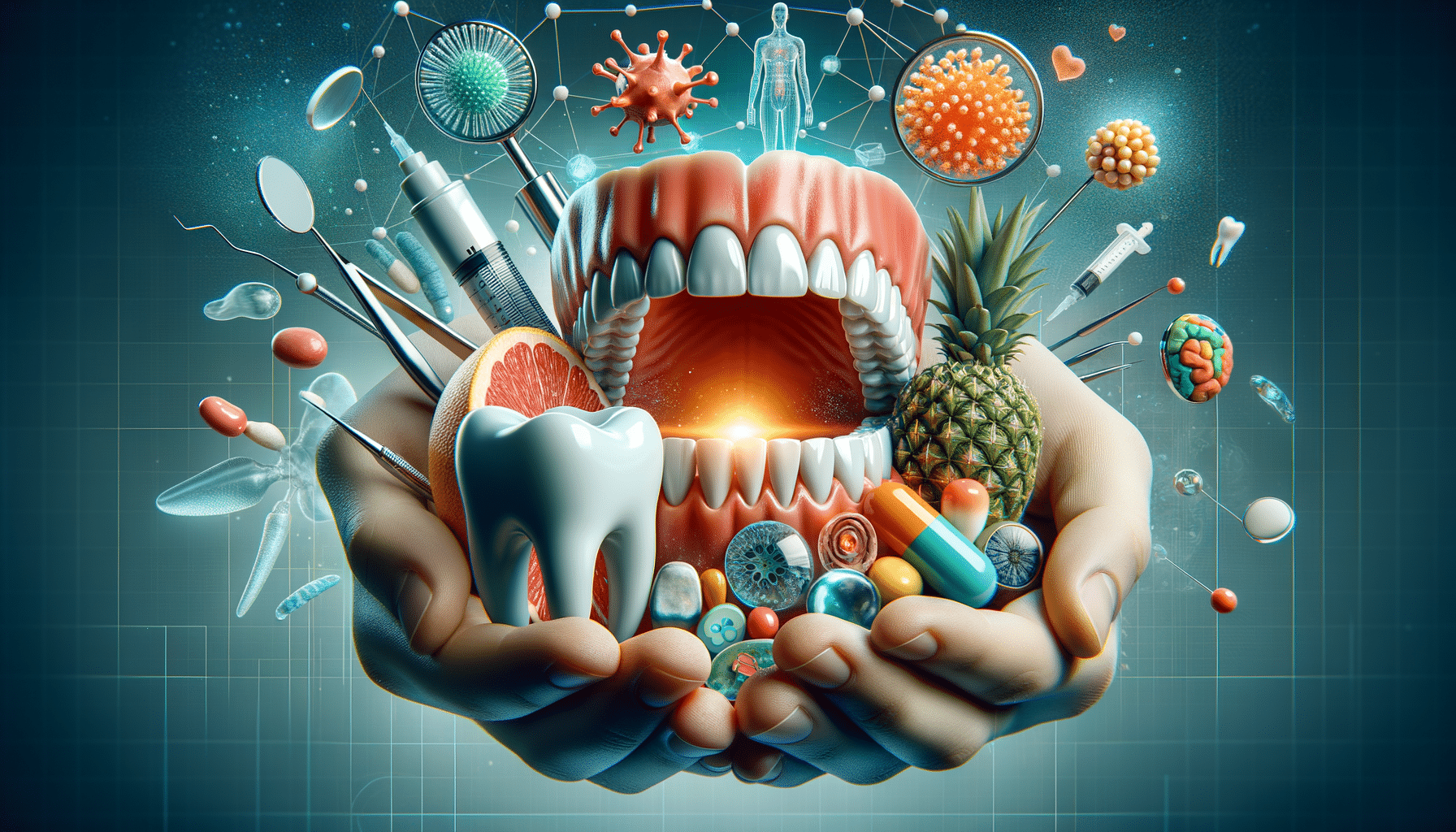
AI-Generated Art: Creativity and Controversy
Artificial intelligence (AI) has revolutionized various fields, and the art world is no exception. AI-generated art, a fusion of technology and creativity, has sparked both admiration and debate, challenging traditional notions of artistic creation.
Understanding AI-Generated Art
AI-generated art refers to artworks created with the assistance of algorithms and machine learning models. These algorithms analyze existing artworks and generate new pieces, often resulting in stunning and unexpected visuals. This process raises intriguing questions about the nature of creativity and the role of human input in art.
Creativity in the Age of AI
While AI can generate art autonomously, its creativity is often debated. According to Dr. Ahmed Elgammal, Director of the Art and Artificial Intelligence Laboratory at Rutgers University, AI can be seen as a tool that enhances human creativity rather than replacing it. He emphasizes that “AI provides artists with a new palette of possibilities, enabling them to explore uncharted territories.”
Statistics and Research
A study conducted by the online gallery Artfinder found that 52% of art buyers are open to purchasing AI-generated art, indicating a growing acceptance of this new medium. Furthermore, the market for AI art is expanding, with some pieces fetching substantial prices at auction houses.
Controversy and Ethical Considerations
Despite its growing popularity, AI-generated art is not without controversy. Critics argue that the use of AI in art raises ethical questions about authorship and originality. Can a machine truly be considered an artist? Moreover, there are concerns about AI reproducing biases present in the data it learns from, potentially perpetuating stereotypes.
Personal Anecdotes
Consider the case of artist Leon, who collaborated with AI to create a series of digital paintings. Leon describes the experience as “a dialogue between man and machine,” where the AI offered suggestions that he would never have considered on his own. This partnership resulted in a unique blend of human intuition and algorithmic precision.
Actionable Tips for Artists
- Experiment with AI tools: Artists can explore various AI platforms to expand their creative boundaries.
- Integrate AI as a collaborative tool: Use AI to complement your artistic vision rather than replace it.
- Stay informed: Keep up with the latest developments in AI art to understand its potential and limitations.
Comparison Table: AI Art Tools
| Tool Name | Features | Price | User Rating |
|---|---|---|---|
| DeepArt | Transforms photos into artworks | Free | 4.5/5 |
| RunwayML | Real-time video effects | Subscription | 4/5 |
| Artbreeder | Collaborative image creation | Free with paid options | 4.7/5 |
| Paintru | Custom paintings from photos | Paid service | 4.3/5 |
| DeepDream | Surreal image generation | Free | 4.2/5 |
| Playform | AI-powered art creation | Subscription | 4.6/5 |
| DeepArtEffects | Artistic filters | Free with paid options | 4.4/5 |
| GANPaint Studio | Interactive image editing | Free | 4.1/5 |
Frequently Asked Questions
Can AI-generated art be considered original?
While AI-generated art is based on existing data, it can produce unique outputs that many consider original.
Is AI replacing human artists?
AI is not replacing human artists but rather serving as a tool to expand creative possibilities.
How can artists benefit from AI?
Artists can use AI to explore new styles, automate repetitive tasks, and collaborate with technology to create innovative works.
Conclusion
AI-generated art stands at the intersection of technology and creativity, offering both opportunities and challenges. As artists and enthusiasts navigate this evolving landscape, the focus should remain on how AI can complement and enhance human creativity. By embracing this synergy, we can look forward to a future where art continues to inspire and innovate.


